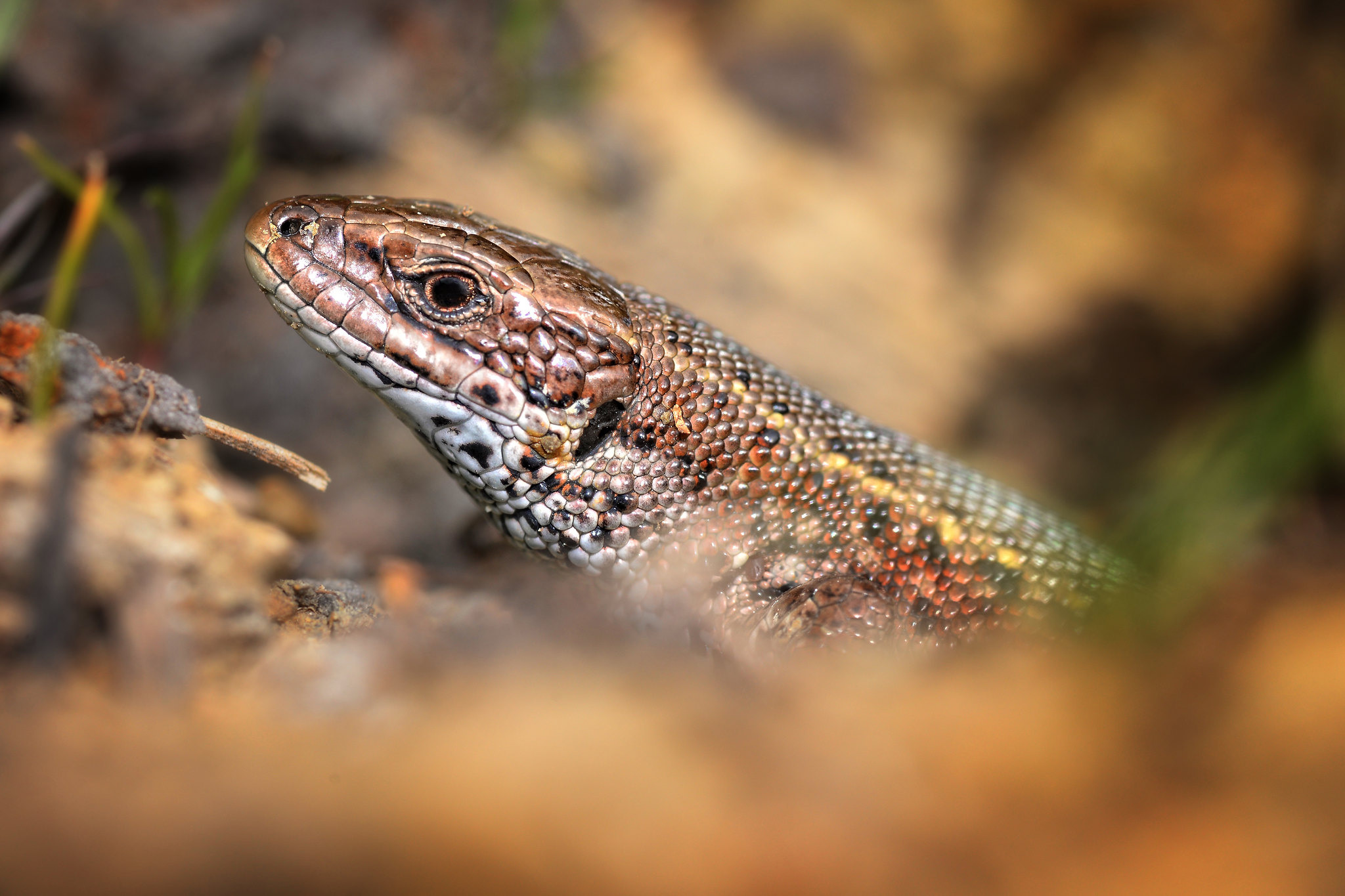Research published today finds that in warming conditions, lizards are born with shorter telomeres – the protective caps on DNA which are associated with ageing.
The researchers saw this effect accumulate over generations, so lizards in collapsing populations were born “old”. They suggest that by looking at telomere length, conservationists could get ahead of tipping points and help species before they can no longer adapt, or measure the success of conservation programmes without having to do time-consuming population studies. The research was performed on lizards in France, however they give birth to live young and are adapted to cold, meaning they have similarities with NZ natives.
The SMC asked experts to comment. Feel free to use the comments below in your reporting or follow up with the contact details provided.
Dr Nic Rawlence, Director, Otago Palaeogenetics Laboratory, University of Otago, comments:
“Telomeres are protective pieces of DNA on the ends of our chromosomes. As our cells divide and we age, the telomeres shorten. If they shorten too much and disappear, then our genetic code, the blue-print for making an individual, starts to be compromised. Scientists can sequence telomeres and determine how old we are…a molecular aging clock. Some species like tuatara age very slowly, while others like rats and mice age very quickly.
“We know human-induced climate change is impacting animals, and the habitats they live in. Climate change can cause accelerated life history like faster body growth and earlier sexual maturation. While this may be a good adaptation in some instances, it now seems it comes at a cost…rapidly eroding telomeres across the generations until a tipping point is reached and extinction is all but guaranteed.
“In this research, Andreaz Dupoue and colleagues tracked 22 populations of lizards over several generations across a climate and extinction risk gradient in the French mountains for over a decade, and sequenced the telomeres to look at the lizards’ age. The scientists showed that as cold-adapted lizards in declining populations tried to adapt to a warming climate, new-born lizards were born with increasingly shortened telomeres…this brings a whole new meaning to being a young man trapped in an old man’s body. This set up a negative feedback loop until a tipping point was reached and genetically old populations went extinct before living individuals could be replaced by the next generation.
“However, all is not lost. This genetic aging clock can also be used to determine at risk lizard populations in need of serious conservation management and potential translocation to cooler environments to slow down the climate induced aging process.
“Since human arrival in Aotearoa New Zealand, our lizard fauna has had to cope with extinctions, range-contractions, and population bottlenecks due to habitat destruction and predation from introduced predators, as well as human-induced climate change. If the findings from France translate to our geckos and skinks, then they may have to deal with another problem…increased shortening of telomeres over successive generations. While they may have coped with the repeated cold glacial and warm interglacial conditions of the Pleistocene Ice Ages prior to human arrival, the question is whether they can adapt to our rapidly warming climate before they are born old before their time.”
No conflict of interest declared.
Associate Professor Tony Hickey, School of Biological Sciences, University of Auckland, comments:
“This study provides some warnings to potential impacts that increasing temperatures may have on our lizard fauna.
“Here we see a decrease in telomere length in newborn lizards if they have grown at elevated temperatures. Telomeres are short segments of DNA that cap and stabilise chromosomes. With each replication as cells grow and divide, telomeres shorten. If they become too short, chromosomes become unstable and sticky, and may join with others – promoting cell death and disease states such as cancers. Germline cells have the capacity to regenerate telomeres. There is debate about the role of telomeres in ageing, as the length should define lifespan, and some species that are live long (e.g. birds) have long telomeres. Yet tissues that typically define our life span (skeletal muscle mass, heart muscle and neurons) barely divide at all once we are born. Regardless, telomere length in rapidly dividing cells does correlate with lifespan.
“In the context of the lizards studied, they appear to be born old at elevated temperatures, and this begs the question, what could temperature do to account telomere shortening. My biased speculation is that in part this could result from temperature effects on metabolism (this is my field). Rising temperature has profound effects on life. It typically accelerates biochemical reactions until enzymes or membranes are destroyed. Our work has shown that metabolic efficiency declines, primarily at mitochondria, the famed “powerhouses of cells”. These synthesise up to 90-95% of a cell’s ATP, and with increasing temperature ATP production efficiency steeply declines, and ATP demands accelerate prior to an animal’s thermal maximum. Genomes are built from nucleotides, one of which is ATP (the rest require ATP). Diminished ATP concentrations at high temperatures may impact the mother’s germ line cells, or the embryo’s dividing cells’ capacities to reconstruct telomeres. This would result in apparently “older newborns”.
“Note that these lizards also birth live young (rather than laying eggs), and they and are found in colder regions of France. This study may present a warning for the cold temperate lizard fauna of Aotearoa. Like the study species above our skink and gecko fauna also birth live young. Will our lizard species be old before their time in this warming world?”
No conflict of interest declared.
